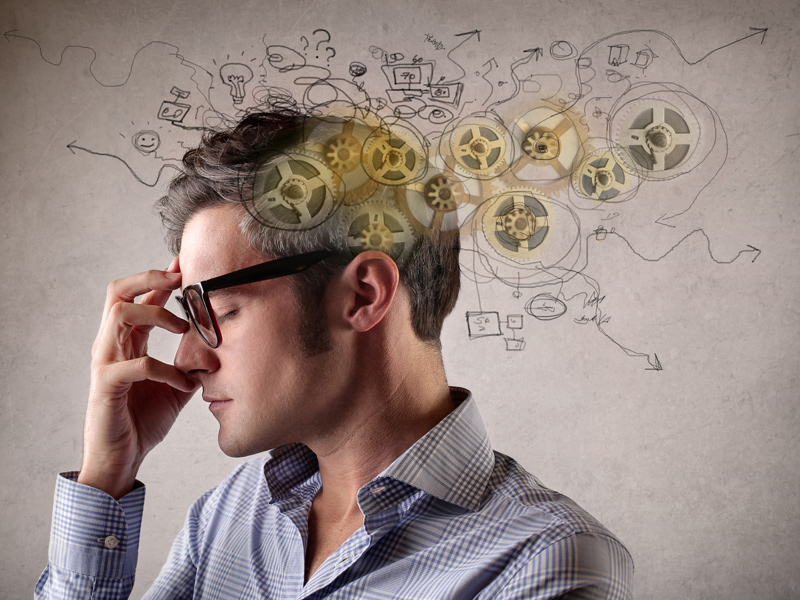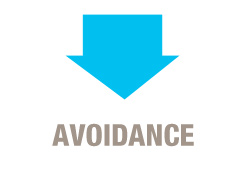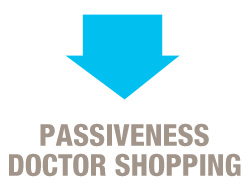Essential Knowledge About Pain
“I know my pain isn’t just in my head”

My health care practitioner tells me there is no clear cause for my pain. Does that mean its all in my head??
TRY THIS
- Grab your index finger and bend it back as far as it will go till it hurts a bit. Now hold it there for 30 seconds. Painful right?
- But if you scan your finger, it will look just fine. Some pain is because local tissues are still sensitive, but not damaged.

Important Facts About What Causes Pain: Pain and understanding pain are intricately linked.
Traditionally, western pain management has been based around trying to find a source of symptoms – or a structural cause for pain. For example, the modern technology of investigations or scans has helped us see inside the body much more effectively. This is great for looking for tumours or broken bones, but not necessarily pain (Remember that pain is a sensory and emotional experience, so we can’t actually see pain on a scan).
In some instances (such as a bad ankle sprain) a scan will show a broken bone or torn ligaments to explain our pain. But at other times even after an incident (such as heavy lifting), a scan might not identify any damage OR it may identify damage that is not relevant to your problem. In this instance that doesn’t mean there is nothing wrong or that the pain is in your head – it is good news that nothing is badly structurally damaged. So pain does not always equate to damage.
Pain, Beliefs and Behaviour
Important Facts About Beliefs and Pain: How beliefs can dictate what we do
- How you understand your pain has a very large influence on what you do
- Frequently people equate pain with damage, and this results in avoidance-behaviours
Common Pain Beliefs and the Negative Effects on Behaviour
WHAT CAN I DO:
1. Do a little bit of research.
- Use the internet to explore what you think about pain and what might be contributing to your pain
- Decide if you think the information you gather is reliable or not
2. Talk to your health care practitioners.
- Beliefs may be helpful. Beliefs may be unhelpful. And what is helpful for one person may be unhelpful for another
- Your health care practitioners should know what is going to be helpful and unhelpful based on your specific circumstances.
WARNING
It can be very challenging to change your beliefs. But very often this a critical step to find a pathway to recovery.
Summary: Pain and beliefs are linked
Beliefs about pain are powerful drivers of behaviour. Often pain is perceived as something bad or associated with damage. This belief can lead to unhelpful behaviours. Understanding your pain, and reviewing your own beliefs, is very often a critical step in the pathway to recovery for workers with musculoskeletal pain.
Evidence Informed Information Compiled By Dr Darren Beales, PhD and Dr Tim Mitchell, PhD

















